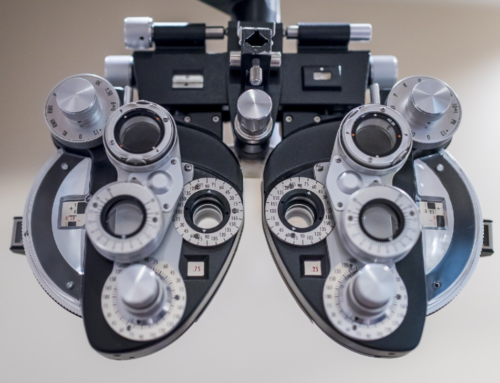13.5 million children in America suffer from vision problems. Many of these children may not need surgery but will require eyeglasses as a first correction measure. For those who will require eyeglasses but lack insurance, things may be rough as they are three times more likely not to receive the eyeglasses.
Regular vision screening in schools is a keystone attempt at helping parents and educators detect eye problems in children. When detection happens at the earliest possible stage, fruitful correction measures can be taken. The earlier an eye issue is discovered, the higher the chances that it can be corrected for a more fulfilling life. Here is a primer on visual screening in children to help them fight eyesight problems.
Vision Screening Is Important
There is a need for regular student focused visual screening assessments in schools to detect ‘commonly occurring’ eye conditions that affect their education. These conditions include myopia, astigmatism, amblyopia, hyperopia, and strabismus.
While these screenings are essential, they cannot (and should not) act as substitutes for comprehensive eye exams by a certified ophthalmologist. Regular visual screening is vital in combating one of the hardest eye conditions to detect, i.e., glaucoma, which adversely affects school-going children.
2. Types of Vision Screening Tests for Children
Vision screening for children starts in their first year of life and often extends to when they begin their schooling. The testing needs to be performed by trained specialists and can occur during community events, at community health centers, and during school sensory screening sessions. Here are the recommended exams by both the American Association for Pediatric Ophthalmology and Strabismus and the American Academy of Ophthalmology:
Newborns. A red reflex test is necessary while the newborn is still in the nursery. A family doctor, ophthalmologist, or pediatrician can conduct the exam. In the case of higher risk newborn babies, an eye doctor should conduct the examination.
Infants. Between six months to one year old, infants need to undergo a visual exam.
Preschoolers. Between three to three and a half years old, preschoolers need to undergo visual acuity tests that will focus on assessing the sharpness of their vision. The trained health professional conducting the test will check how well the child focuses at near, middle, and far distances. In the event there’s a refractive error or visual problem, then the child will need further assessment by an ophthalmologist.
School going age. At five years, children need assessment and routine vision screening sessions with a trained professional (family doctor, pediatrician, etc.) and at school sensory screenings. At this age group, myopia is the most common condition, and if caught early, it can be corrected through an eyeglass prescription. If you suspect there are other eyesight problems such as alignment, then a comprehensive exam by an ophthalmologist will be necessary.
3. Identifying Eyesight Problems
Both parents and educational professionals need to know how to identify potential eyesight problems in children. Some of the signs you should look out for at home and during school sensory screening assessment events include:
- Regular rubbing of the eyes
- A white pupil (as a child needs to have a black one)
- Frequent tearing in one or both eyes
- Poor visual focus
- Extreme sensitivity to light
- Reduced ability to follow an object with the eye (visual tracking)
- Eyes that are constantly red
- Abnormal eye movement or alignment
In addition to these signs, school-going children may display some indications that you ought to keep an eye for. An inability to see objects at a distance is a typical marker for potential eyesight problems. Any difficulty in reading (be it a book or the blackboard) should be cause for concern. Holding reading material too close to their faces or sitting very close to the television or computer is a sign they need eye screening.
Help Children Detect Visual Problems Early
Eyesight problems can affect children right from birth through their school years. Routine visual screening in school and at clinics can help you detect eyesight problems in children early and thus have a better chance at permanently correcting them.






